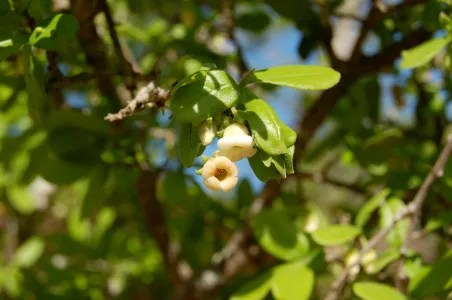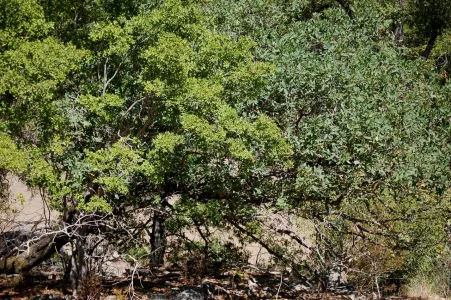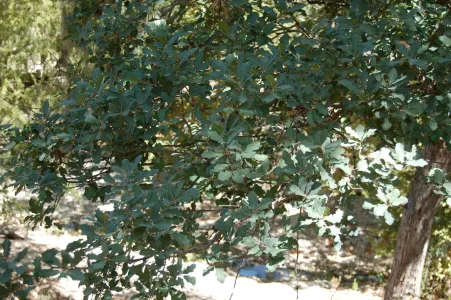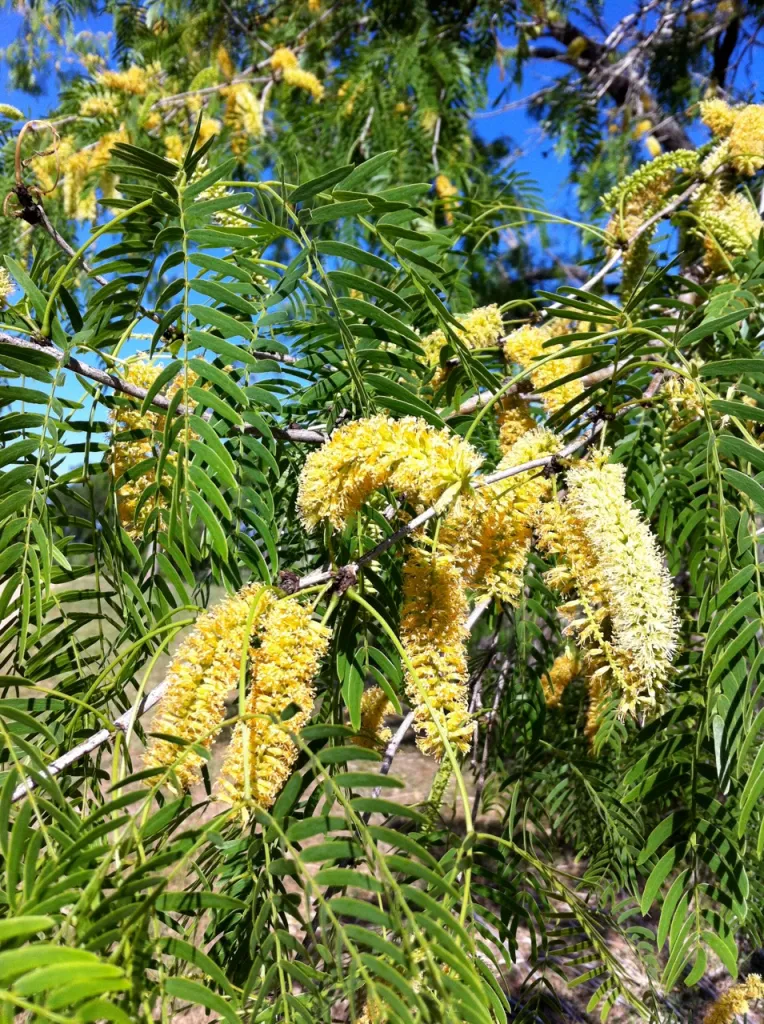By Delmar Cain
Each time a month or more passes without rain I am reminded that we have not recovered from the diminished rainfall of the last two years. During that time I lost to drought and disease at least 15 Spanish oaks, along with hackberry trees, juniper trees, cedar elms, and 75 and maybe more white shin oaks. And although the creek behind the house has not stopped running, there are a couple of dead walnut trees and some fallen pecan trees in the creek bottom. The most rational thing to do would be to remember and accept the advice in the title to that old popular song “What Ever Will Be Will Be.” But being a worrier I am not able to stop myself from considering what steps I should be taking, plant and tree wise, in case the reduced rainfall and the higher temperatures just linger on.

I have gone through this exercise before, which is to consider trying to grow plants that are native to the areas of Texas farther west, where the rainfall is less. I planted wooly butterfly bush (Buddleia marrubiifolia), a native to Mexico and the Trans-Pecos, at two different locations. Each time was before a very rainy period and both died from root rot from too much water. In our area there are years where the rainfall is double the average annual rainfall. So the trick is to find plants that can survive on less water and also survive during an occasional wet year.

Maybe a better plan is to consider plants that are native to our area but also have a range that extends into the drier areas west of the Edwards Plateau. An example from our lot is a tree, which came through the extended dry period without a single failure as far as I can tell—the Texas or Mexican persimmon (Chapote prieto). With as many as 75 persimmon trees of all ages on our lot, I have not found a single one that died.
The Texas persimmon tree is native from Houston to the Big Bend and south into northern Mexico. It may reach a height of 35 feet, but in our area usually is less than twenty feet tall. As a plus the female tree has a fragrant flower and produces edible fruit. It attracts birds, butterflies and small mammals. Both male and female trees have an attractive bark. The deer browse the new growth, but it is not a favorite.

Another local tree, which has a smaller range but still extends west and south, is the Lacey oak (Quercus laceyi). Its native range is the southern and western parts of the Edwards Plateau and into Mexico. My neighbor, whose property adjoins ours, has several Lacey oaks on his acreage, some of which have trunks six to eight inches in diameter. These are beautiful oak trees, which can reach a height of 60 feet, with pinkish leaves in the spring that turn blue-green in the summer and smoky as the fall approaches. I planted some seedlings this fall, which I had grown from collected acorns.
Another species that extends its range south and west is the honey mesquite (Prosopis glandulosa). I have often admired the mesquite for its hard and interesting wood and its fragrant blossoms. I realize that ranchers have had no love affair with the mesquite, since most are intent on maximizing their grazing or farming areas. They don’t want to deal with a tree that can spread and is tough to eradicate. But since I am neither a rancher nor a farmer, I can admire the mesquite for its toughness and its usefulness to birds, butterflies and small mammals.

In any event I am not moving at “warp speed” to do much of anything except worry. Maybe for once I might be rational by default.
It is not obvious how our Boerne Chapter of the Native Plant Society can fit in with the annual Boerne Christmas Parade, since we promote none of the spruce, pine or other eastern or northern evergreen trees. But somehow creative minds have managed to qualify. Be sure to look for the NPSOT float in the parade on Saturday, December 1, and find out how they did it.


